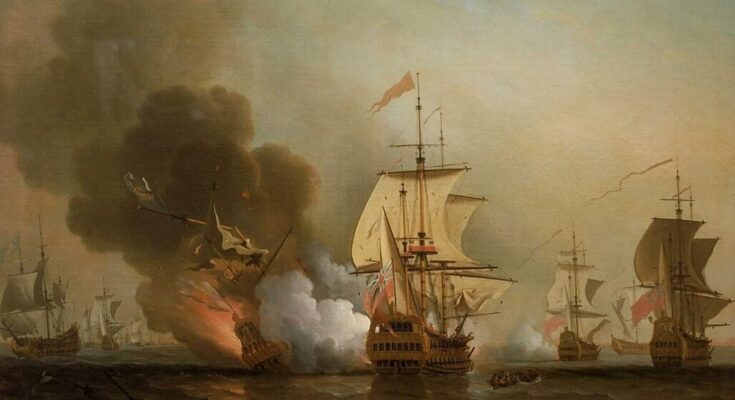
Throughout history, many treasures have been found, each one with an interesting story. The most valuable treasures ever found in history, from ships lost under the sea to hidden treasures buried underground, have always grabbed people’s attention.
The San José
The San José is often called the “Holy Grail” of shipwrecks. This Spanish ship sank in 1708 near Colombia while on its way from Peru to Spain. It was filled with gold, silver, and emeralds. While nearing Cartagena, it met British ships, and a fierce battle followed. The San José exploded and sank, taking treasures worth around $20 billion down with it.
In 2015, a special underwater robot found the San José deep in the ocean at 2,000 feet. The Colombian government now plans to bring up artifacts from the wreck.
Black Swan

The Black Swan was another major discovery in the Atlantic Ocean. In 2007, a company from Florida called Odyssey Marine Exploration found the remains of a Spanish ship called Nuestra Señora de las Mercedes near Portugal.
This ship, which sank in 1804, was loaded with gold and silver coins weighing about 17 tons. The find was named the “Black Swan Project.” It led to a huge legal battle between Odyssey and the Spanish government, which claimed that the treasure belonged to Spain.
Środa Treasure

The Środa Treasure was found in the 1980s in Środa Śląska, a town in Poland, during building renovations. This medieval treasure includes over three thousand items, such as silver and gold coins, gold jewelry, royal items, and precious stones, from around the mid-14th century. It is worth about $120 million.
The treasure was uncovered in two parts, first in 1985 and then in 1988. Sadly, many items were looted before archaeologists could protect the site. Despite this, many pieces were saved and are now kept in the National Museum in Wrocław and the Regional Museum in Środa Śląska.
The Fatimid Gold Dinars

In 2015, a scuba diver named Zvika Fayer made an unexpected find off the coast of Caesarea, Israel. He discovered a collection of medieval Arab gold coins. These coins were from the time of the Fatimid caliphate, which lasted from 909 to 1171 AD. The discovery might be the largest gold hoard found in the Eastern Mediterranean.
At first, Fayer thought the coins were just toy coins, but, in fact, he had stumbled upon around 2,000 real gold dinars. Later, the Israel Antiquities Authority’s Marine Archaeology Unit found another 1,000 coins in the area. This made the total find much larger than any other known gold hoard in Israel.
King Tutankhamun’s Tomb

The discovery of King Tutankhamun’s tomb in 1922 by British archaeologist Howard Carter marked a major milestone in archaeology. This tomb, hidden for over 3,000 years, held the mummified body of the young pharaoh and hundreds of valuable items. It offered a rare glimpse into ancient Egyptian life.
The well-preserved treasures in King Tut’s tomb fascinated people around the world and sparked a new interest in ancient Egyptian art and culture. This discovery helped archaeologists learn more about ancient Egypt than ever before.
These treasures, each with its own captivating story, have not only intrigued the public but have also shed light on the past. From the riches of the Fatimid caliphate to the everyday life of ancient Egyptians, these finds have deepened our understanding of the people and cultures that have shaped our world history.



